- Review Articles
- Other
- Comparison of diagnostic and treatment guidelines for undescended testis
- Jaeho Shin, Ga Won Jeon
- Clin Exp Pediatr. 2020;63(11):415-421. Published online March 23, 2020
-
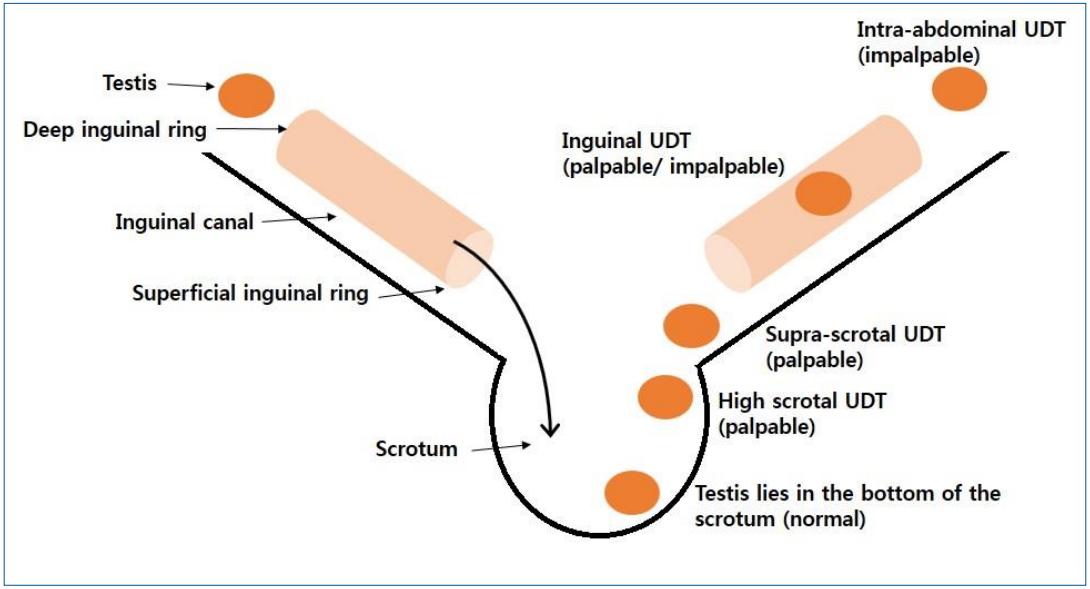
Primary caregivers should consider surgical specialist referral of patients with undescended testis if no descent occurs by 6 months, undescended testis is newly diagnosed after 6 months of age, or testicular torsion is suspected. Orchiopexy is recommended between 6 and 18 months at the latest. The original location of the testes and the age at orchiopexy are predictive factors for infertility and malignancy later in life.
- Neurology
- Health effects of electromagnetic fields on children
- Jin-Hwa Moon
- Clin Exp Pediatr. 2020;63(11):422-428. Published online May 26, 2020
-
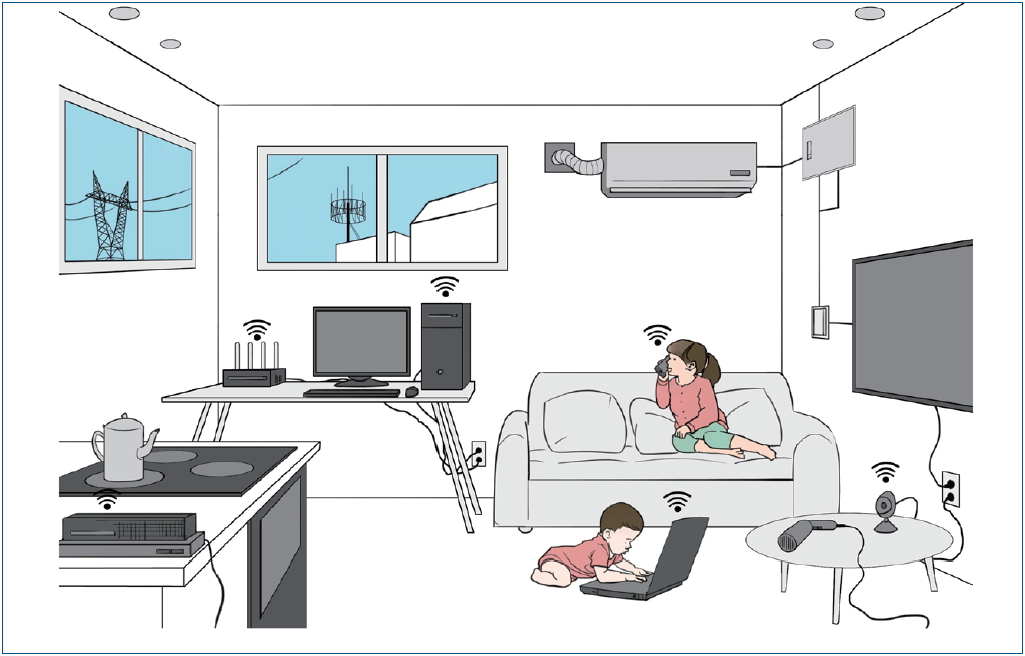
· The nervous systems of children are more vulnerable to the effects of electromagnetic waves than adults.
· The exposure to electromagnetic fields (EMFs) among children should be minimized.
· According to International Agency for Research on Cancer EMFs are possibly carcinogenic, it should not be overlooked or interpreted with bias.
- Editorials
- Nephrology (Genitourinary)
- Undescended testis: importance of a timely referral to a surgical specialist
- Su Jin Kim
- Clin Exp Pediatr. 2020;63(11):429-430. Published online March 23, 2020
-
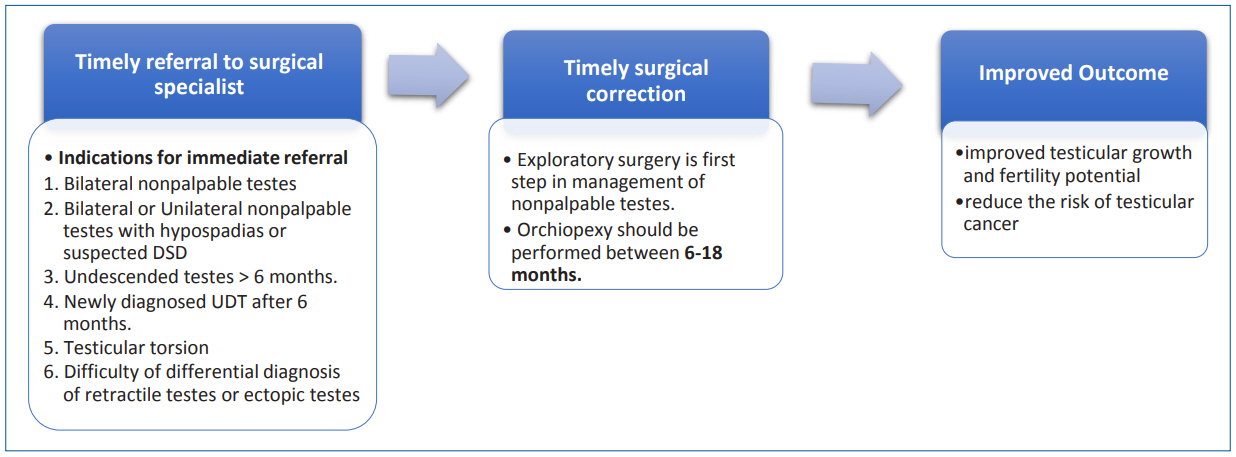
Undescended testes (UDT) is the most common congenital genitourinary abnormality in male infants and associated with decreased fertility and a higher future malignancy risk, especially in cases of delayed orchiopexy after puberty. It is important to timely referral to a surgical specialist and timely surgical correction of UDT to improve fertility and decrease the risk of malignancy.
- Neonatology (Perinatology)
- Barriers to and enablers of kangaroo mother care
- Soon Min Lee
- Clin Exp Pediatr. 2020;63(11):431-432. Published online October 10, 2019
-
- Original Articles
- Neonatology (Perinatology)
- Knowledge and perceptions of kangaroo mother care among health providers: a qualitative study
- Hadi Pratomo, Tiara Amelia, Fatmawati Nurlin, Asri C. Adisasmita
- Clin Exp Pediatr. 2020;63(11):433-437. Published online July 21, 2020
-

Question: What are health providers’ knowledge and perceptions of Kangaroo mother care (KMC)?
Finding: Health providers’ knowledge of KMC was sufficient; however, some of their perceptions about it could create barriers to the successful implementation of hospital KMC programs.
Meaning: Health providers’ perceptions about KMC should be considered to ensure successful KMC implementation. Locally designed on-site training programs could overcome the challenges.
- Developmental and Behavioral Medicine
- Development of the Korean Developmental Screening Test for Infants and Children (K-DST)
- Hee Jung Chung, Donghwa Yang, Gun-Ha Kim, Sung Koo Kim, Seoung Woo Kim, Young Key Kim, Young Ah Kim, Joon Sik Kim, Jin Kyung Kim, Cheongtag Kim, In-Kyung Sung, Son Moon Shin, Kyung Ja Oh, Hee-Jeong Yoo, Hee Joon Yu, Seoung-Joon Lim, Jeehun Lee, Hae-Ik Jeong, Jieun Choi, Jeong-Yi Kwon, Baik-Lin Eun
- Clin Exp Pediatr. 2020;63(11):438-446. Published online May 14, 2020
-
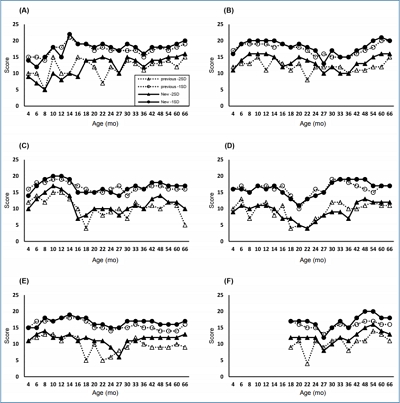
Question: Can the Korean Developmental Screening Test for Infants and Children (K-DST) be a useful screening tool for infants and children in Korea?
Finding: The K-DST has high reliability (internal consistency of 0.73–0.93, test-retest reliability of 0.77–0.88) and a high discriminatory ability with a sensitivity of 0.833 and specificity of 0.979.
Meaning: The K-DST is an effective and reliable screening tool for infants and children with neurodevelopmental disorders in Korea.
- Gastroenterology
- Acquired noncaustic esophageal strictures in children
- Elif Sag, Aysenur Bahadir, Mustafa Imamoglu, Sefa Sag, Gokce Pinar Reis, Erol Erduran, Murat Cakir
- Clin Exp Pediatr. 2020;63(11):447-450. Published online October 15, 2020
-
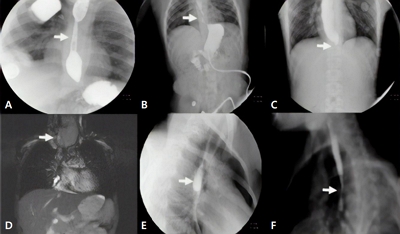
Question: Which clinical findings suggest esophageal structure in children with dysphagia?
Finding: The presence of solid dysphagia, malnutrition, and a comorbid condition is suggestive of esophageal stricture in children with dysphagia.
Meaning: Patients with findings suggestive of noncaustic esophageal stricture should receive early referral to pediatric gastroenterology units.
- Clinical Note
- Allergy
- Recurrent urticaria caused by specific cat serum albumin IgE cross-reacting with pork serum albumin
- Cheon Kim, Sung Won Kim, Yoon Ha Hwang
- Clin Exp Pediatr. 2020;63(11):451-453. Published online April 6, 2020
-

Question: What should be considered in children who complain of pork allergies?
Finding: History of raising a cat, the onset of symptoms after the ingestion of pork and specific IgE tests to pork, cat, milk, and Alpha-gal are needed.
Meaning: Pork cat syndrome could be the cause of pork allergies.












